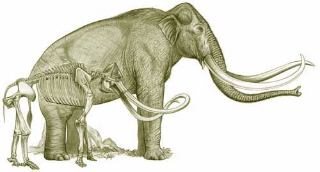Ethics of Collecting
Through our fossil collection, we continually learn more about the past. Each new find contributes clues that can be used by these fossil detectives. By taking care and following these guidelines, you can help our scientists solve mysteries and unearth stories from long ago worlds.
We appreciate your cooperation in helping decipher the past life of Anza-Borrego Desert State Park.
We appreciate your cooperation in helping decipher the past life of Anza-Borrego Desert State Park.


